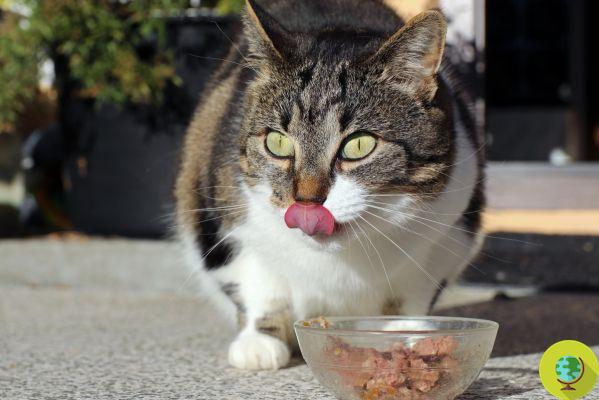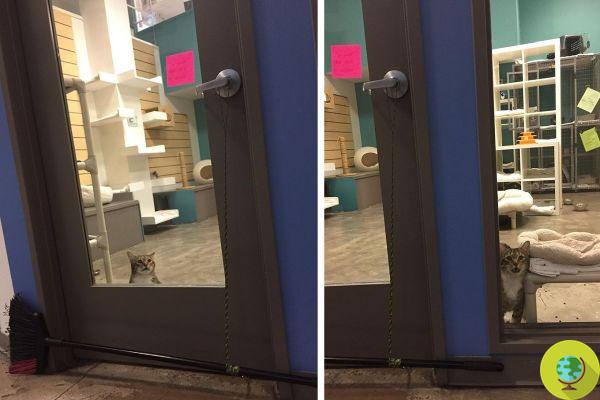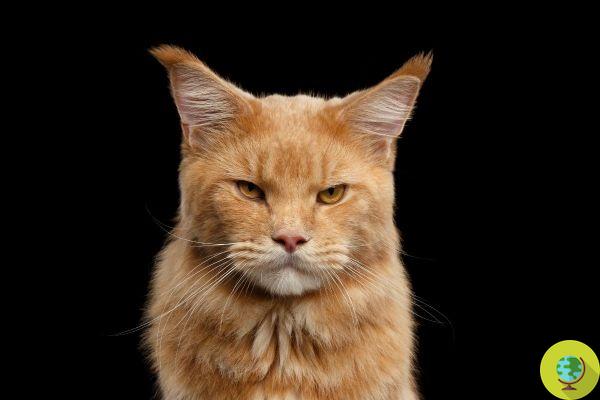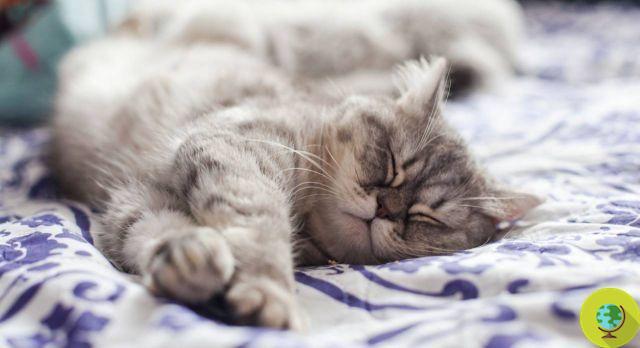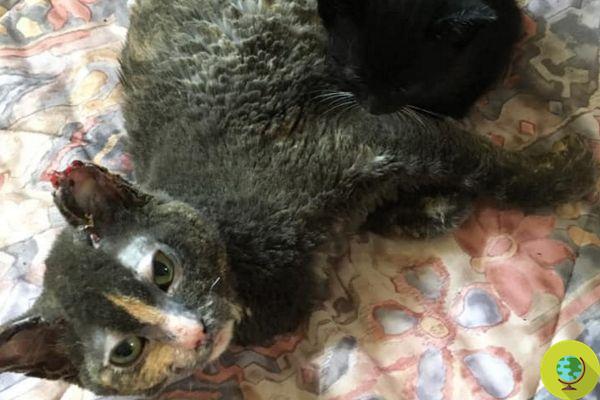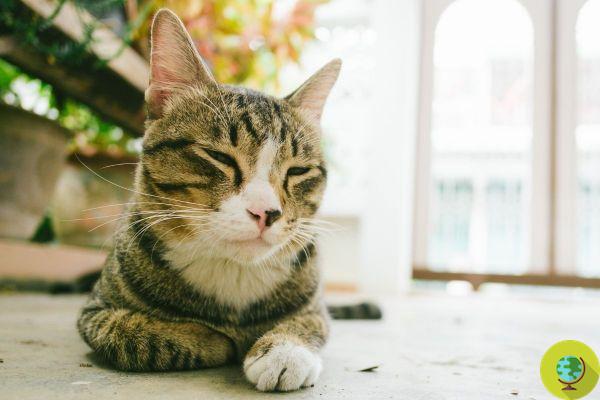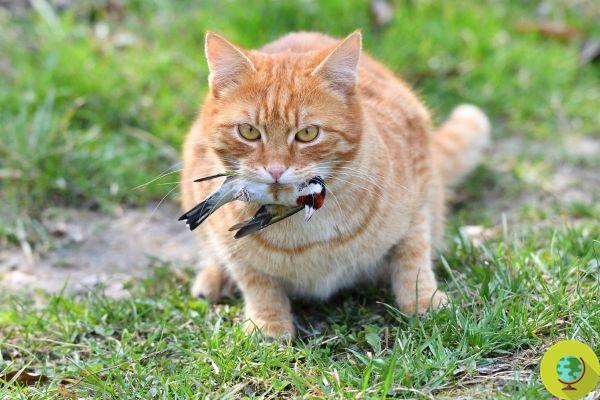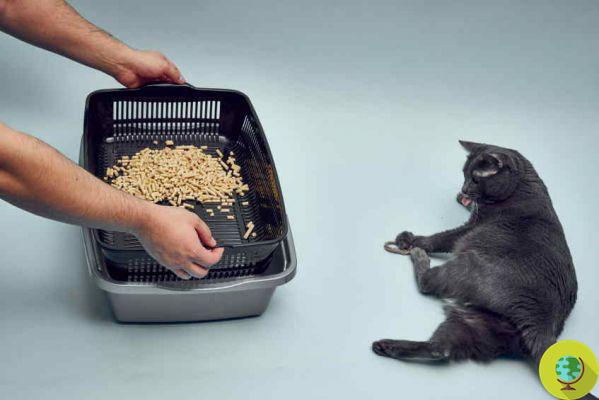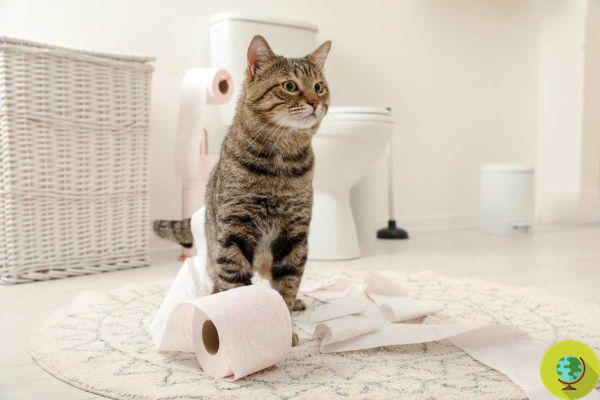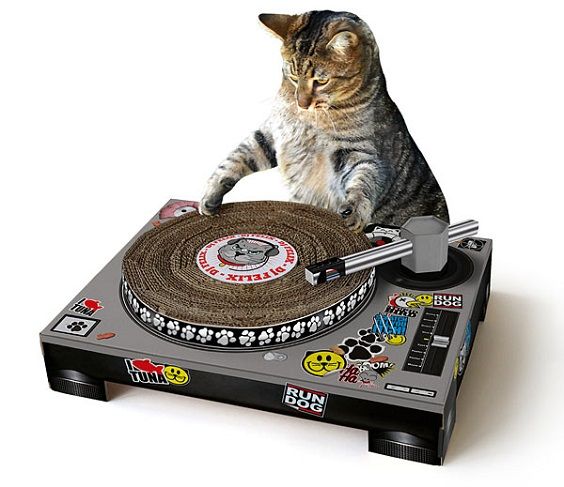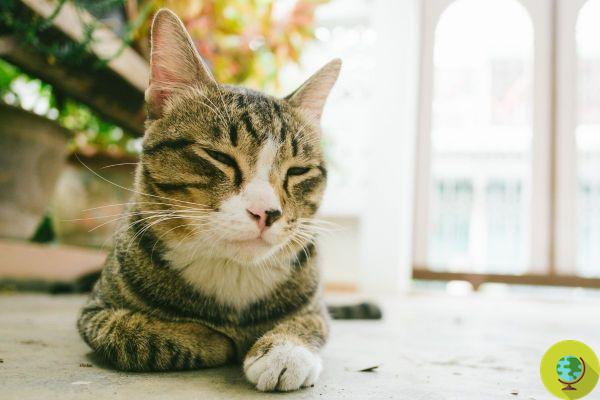
All you need to know about the health of Persian cats, a brachycephalic breed resulting from decades of selection
He is about to end up run over, his mother saves himLong and soft hair like silk and elegant bearing: Persian cats are a marvel and are among the most loved feline breeds also because of their docile and affectionate character. Not everyone knows, however, that the Persian it is the result of decades of selection. There is no certainty about the exact period of the appearance of this breed, but its origins are undoubtedly ancient and the crosses with the Angora cat have played a fundamental role. With this breed, in fact, they also share the characteristic very soft and thick coat.
Those who intend to take (adopt, not buy!) A Persian cat should know that it is a brachycephalic breed - as can be seen from the characteristic flattened muzzle - subject to various health problems that it would be better to know. Let's see what are the most common genetic diseases among these beautiful cats with a funny expression.
Read also: British Shorthair - the most common genetic diseases of this cat breed
Index
The most common health problems among Persian cats
Polycystic kidney
Among the most frequent genetic diseases among Persian cats we find polycystic kidney, caused by an autosomal dominant mutation of the PKD1 gene. This pathology leads to the onset of cysts in the kidney area which, if left untreated, enlarge and multiply. To ascertain the presence of this health problem, it is advisable to submit your cat to annual ultrasound scans starting from the first year of life. If neglected, the polycystic kidney can greatly reduce the life expectancy of these felines.
Breathing difficulties
Like all cats and brachycephalic dogs, Persians are also prone to breathing problems. Having such a flattened snout implies shorter nasal passages. As a result, this breed is more sensitive to both heat and cold, as well as excess moisture and dryness, and cannot breathe properly. It is no coincidence that the Persians are also decidedly lazier than other cat breeds not affected by brachycephalic syndrome.
Hypertrophic cardiomyopathy
Persian cats also tend to develop heart problems, particularly obese cats. One of the most common genetic diseases is hypertrophic cardiomyopathy. It is a disease that mainly affects males and causes a thickening of the ventricular heart wall and compromising the normal capacity of the heart. In the initial phase, hypertrophic cardiomyopathy is asymptomatic. It usually occurs between the ages of 4 and 7 with a series of symptoms, namely: heart murmurs, dyspnoea, pulmonary edema and pleural effusion. Unfortunately, there is currently no cure for this disease.
Kidney stones
Finally, this brachycephalic breed is particularly predisposed to the formation of oxalate stones, especially male specimens. Stones can block the flow of urine, causing the kidneys to swell. If not treated promptly, a urinary blockage can prove fatal. For this reason, in the presence of symptoms such as sudden incontinence, difficulty urinating or blood in the urine, it is essential to contact your veterinarian immediately.
Follow your Telegram | Instagram | Facebook | TikTok | Youtube
We also recommend:
- This cat suffers from a rare condition that causes muscles to grow out of all proportion
- The werewolf cat: how this bizarre and adorable animal was born
- The Boston Terrier is a brachycephalic dog - the most common genetic problems and why you shouldn't buy one




